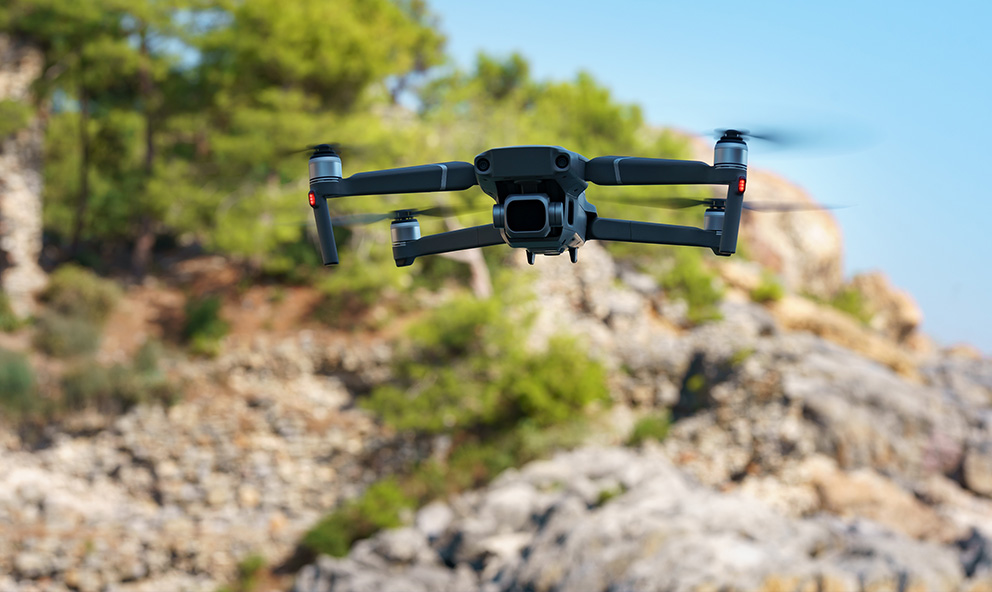Unveiling the Future: Designing and Manufacturing Defense-Level Drones
Feb 15, 2024 — Uncategorized

In the ever-evolving landscape of technology, the advent of unmanned aerial vehicles, commonly known as drones, has revolutionized various industries. Among these, the defense sector has witnessed a paradigm shift, leveraging cutting-edge engineering and manufacturing to develop high-performance drones that play a crucial role in modern warfare. This blog delves into the intricacies of designing and manufacturing defense- level drones, exploring the innovation and precision required in this rapidly advancing field.
The Importance of Defense-Level Drones:
Defense-level drones have become indispensable assets for military forces worldwide. These unmanned aerial vehicles serve a myriad of purposes, from reconnaissance and surveillance to targeted strikes and intelligence gathering. Their ability to navigate complex terrains, gather real-time data, and execute missions autonomously makes them invaluable in enhancing military capabilities while minimizing risks to human lives.
Designing the Future: Key Considerations
1. Aerodynamic Efficiency:
The design of defense-level drones begins with a focus on aerodynamics. Engineers meticulously craft the shape and structure of the drone to ensure optimal flight performance, speed, and stability. This process involves the use of advanced computational tools to model and simulate various design iterations.
2. Stealth Technology:
In the realm of modern warfare, stealth is paramount. Defense-level drones are designed with stealth technology, reducing their radar cross-section and infrared signature. This ensures that they can operate covertly, avoiding detection by enemy radar systems.
3. Payload and Sensor Integration:
One important consideration in drone design is versatility. Target acquisition, surveillance, and reconnaissance are just a few of the many tasks that defense-level drones can do by integrating cutting-edge sensors and payloads. Each mission’s unique requirements are taken into account when adjusting the payload capacity.
4. Independent Systems:
Defense-level drones are distinguished by their integration of autonomous systems. Drones that have these technologies may function autonomously, make snap judgments, and adjust to changing circumstances. Improving the autonomy of autonomous drones is largely dependent on sophisticated machine learning and artificial intelligence techniques.
Precision in Manufacturing
Following the design phase, the production process assumes a central role, necessitating a high degree of accuracy and close attention to detail.
1. Material Selection:
Tough yet lightweight materials like titanium and carbon fiber are often used to build defense-level drones. These materials help the drone perform and be more agile overall in addition to ensuring structural integrity.
2. Advanced Manufacturing Techniques:
Cutting-edge manufacturing techniques, including 3D printing and CNC machining, are employed to create intricate components with unparalleled precision. These methods streamline the production process, reduce lead times, and enable the fabrication of complex structures that meet stringent performance criteria.
3. Quality Assurance:
Quality assurance is rigorously implemented throughout the manufacturing process. Each component is thoroughly tested to verify its dependability, longevity, and conformance to strict military standards. This dedication to quality is critical for ensuring the operational effectiveness of defense-level drones in the field.
Conclusion:
The design and manufacturing of defense-level drones represent the pinnacle of technological advancement in the defense sector. As these unmanned aerial vehicles continue to evolve, engineers and manufacturers are faced with the ongoing challenge of pushing the boundaries of innovation while meeting the rigorous demands of modern warfare. The future promises even more sophisticated and capable drones, further reshaping the dynamics of military operations and solidifying their place as indispensable assets on the modern battlefield.